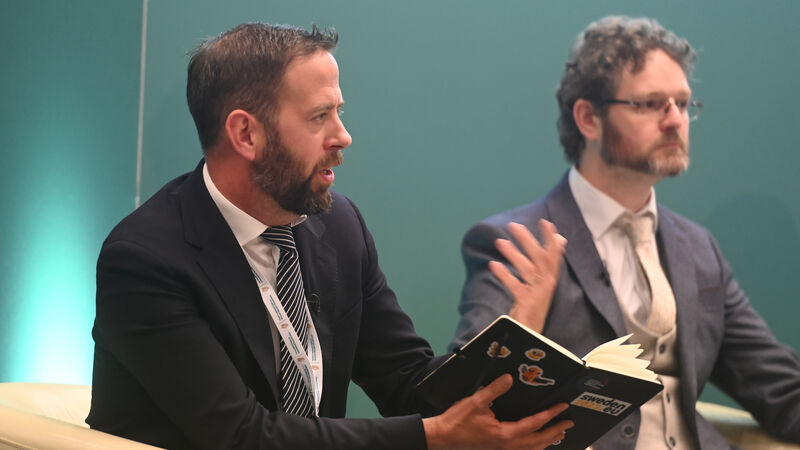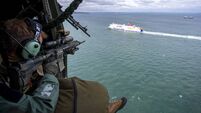Ireland’s neutrality does not stop it from being eyed as a cyber target

Richard Browne, left, director of the National Cyber Security Centre said the HSE attack was 'one of the largest cybersecurity incidents in history, globally — not just the scale of it, but the implications for individuals and their lives was particularly egregious'. Picture: Larry Cummins
Three years ago this month, all of the HSE computer systems that had been crippled by a cyberattack the previous May were decrypted and back working.
It was the biggest — and most damaging — cyber security incident ever in the State and brought home how Ireland was no different than any other country in the threat posed to its security by cyberattacks and the need to invest in protecting our critical infrastructure.














